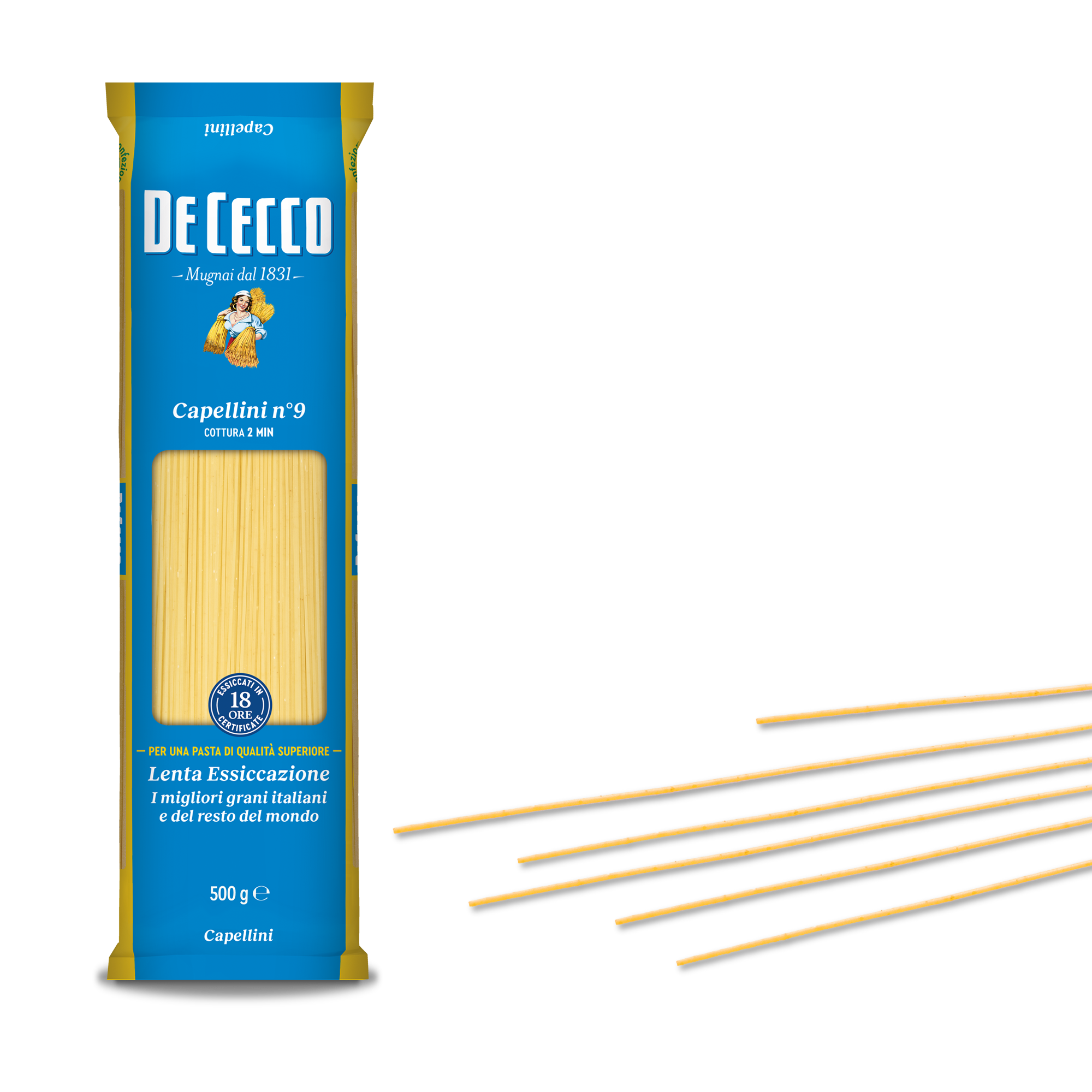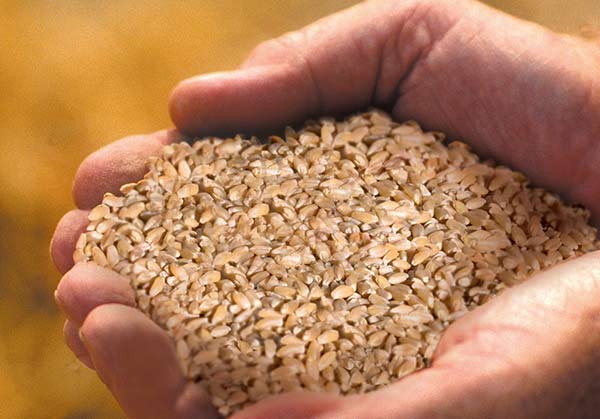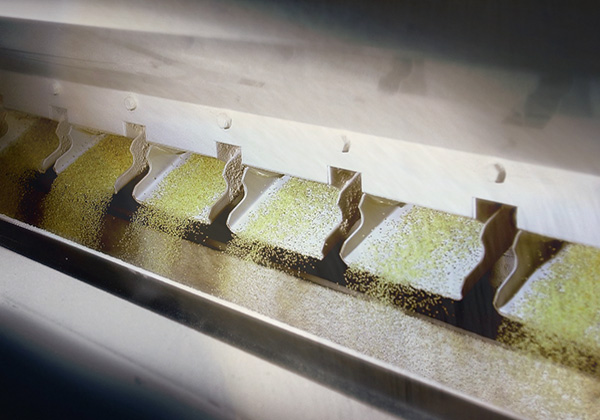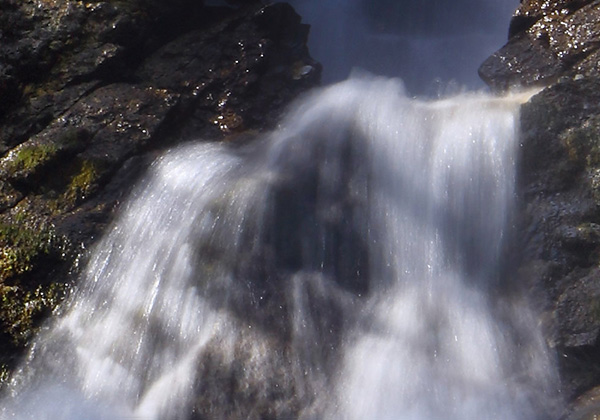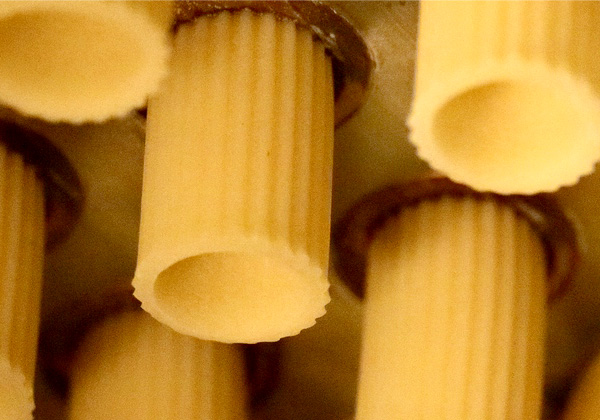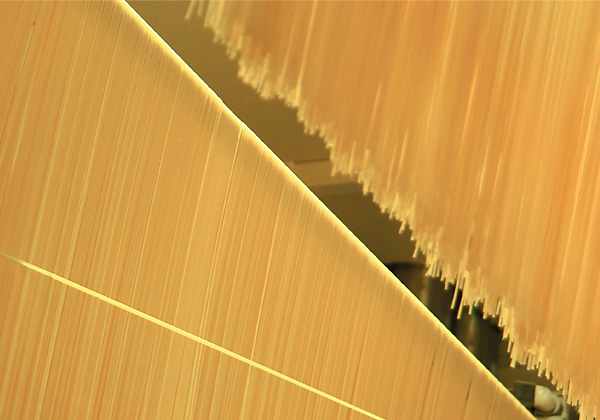Maccheroni alla Chitarra n° 13
Maccheroni alla Chitarra are originally from Abruzzo and have an unusual long shape with a square cross section.
Historically, the pasta was cut with a special tool called a "chitarra" (guitar), consisting of a wooden frame over which thin, steel wires were stretched. The pasta, which was not excessively thin (about the thickness between one wire and another) was placed on the wires and then cut by pressing on it with a special little rolling pin.
This type of pasta is typically eaten with lamb ragù. In certain areas of Abruzzo, the traditional condiment for Maccheroni alla Chitarra is a tomato sauce enriched with veal meatballs measuring about one centimetre across, known as "pallottelle".
Maccheroni alla Chitarra are also excellent with different types of meat gravy, with sauces made from tomatoes and aubergines, or fish.
Available in 500g pack.s
- Cooking time: 10 min - Al dente: 8 min

Our method
Capellini n° 9
The origins of Capellini, with their evocative name (fine hair) and light consistency, are contested between the area around Genoa, Naples and the Ciociaria (central Italy). It is one of the thinnest types of long pasta wound into a nest shape.
Even the name Capellini is reminiscent of the fine consistency of this type of pasta which is ideal for infants from 9 months old onwards to help them get used to eating food for grown-ups.
Simple condiments are recommended for this type of pasta. It is excellent combined with butter dressings, such as uncooked butter and cheese, or melted butter with sage and cheese. Egg or fresh raw tomato based sauces are also excellent. Another way to enjoy Capellini is in a light, chicken broth. In addition to broths and pasta dishes with sauces, this pasta is also used to prepare oven-baked dishes in the Naples region.
Available in 500g packs.
